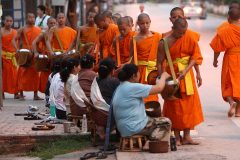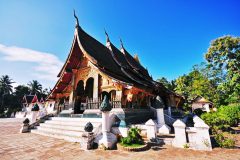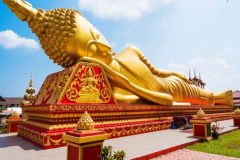Beautiful Laos is one of the prettiest countries in Southeast Asia but also one of the least visited. Laos is a rough diamond and has just as much to offer travelers as other big-hitter countries like Thailand or Vietnam. Laos is still relatively off the main tourist trail. With friendly locals, reasonable accommodation and some of the most beautiful waterfalls in the world. If you are looking for a real adventure in Southeast Asia then Laos is definitely worth a visit. Here are the 10 best places to visit in Laos…
Vientian:
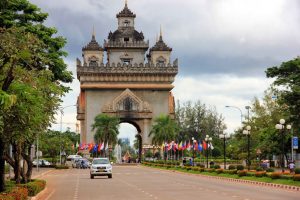
Vientiane is the charming capital of Laos and even though this is technically a capital city, it still feels like a small town rather than anything else. Vientiane used to be a former French trading post during the colonial period, and as a result it has a delightful old French quarter than you can explore. Vientiane delivers a relaxing riverside break where one of the best things you can do is grab a drink and enjoy the sun’s spectacular show as it sets over the Mekong.
As you walk around you will also find a plethora of French inspired architecture such as a Laotian version of the famous Arc de Triomphe in Paris known as Patuxai. There are also other attractions that are well worth a visit such as sprawling local markets and temples like Wat Si Saket which is the oldest of its kind in Vientiane.
Luang Prabang:
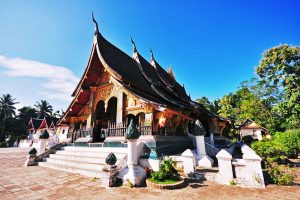
Want golden temples, delicious street food and beautiful arts and crafts to bring back as souvenirs? Head to Luang Prabang, a UNESCO World Heritage city that has it all. The town is also known for its gorgeous little European style cafes which are located along the scenic river banks and this area is so delightful that it is also a UNESCO World Heritage Site. You will also find gorgeous temples all over the town and if you like trekking then you can go out to the Kuang Si Waterfalls where you will find amazing azure cataracts that have deep pools which are perfect for bathing in.
Vang Vieng:
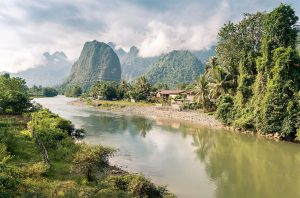
Vang Vieng sits between Vientiane and Luang Prabang and the once infamous party town – Vang Vieng – has undergone somewhat of a makeover in the last few years. One of the main reasons to come to Van Vieng is to enjoy the tubing down the Nam Song River and you can take in the lush jungle scenery here at the same time. You will witness the famous tubing – and young travellers sitting in large inner tubes floating downriver is a common sight in Vang Vieng. Actually it has become a large part of the reason why many young people come here in the first place. The well-known Tham Poukham Cave features the ‘Blue Lagoon’, a nice spot to swim and swing lazily on a rope, while Tham Norn is among one of the biggest caves in Vang Vieng. If time allows, make a stop at the local market to catch a gimpse of everyday life in a typical Lao rural area.
Luang Namtha:
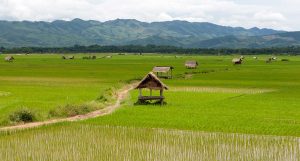
Luang Namtha is known for being the largest city in the northwest part of Laos and is famous for being a stop off point for anyone traveling between Laos and neighboring China. This is also a top spot for anyone who likes to go trekking as you can get out into the surrounding mountains and visit the villages of the ethnic hill tribes in Laos. If you don’t want to trek then you can also rent a bicycle or a motorcycle and then spend the day scooting around the various villages and checking out the gorgeous waterfalls in this part of the country. In the town of Luang Namtha itself you can spend your time visiting bustling local markets, sampling the street food and indulging in the herbal saunas here.
Phonsavan:
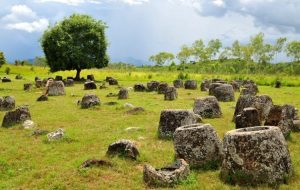
Phonsavan is the capital of the province of Xieng Khouang in Laos, the name Phonsavan roughly translates as ‘hills of paradise’. Discover the mystery of the Plain of Jars, just outside the city of Phonsavan, the most popular attraction in the area. Having survived bombardment during the Vietnam War, these fields are filled with huge stone jars; the origin or purpose of them remain unknown. Phonsavan is also one of the best places to learn about Laos involvement in the Vietnam War and relationship with the US. Head to the MAG (Mines Advisory Group) Centre and watch free screenings of documentaries about the country’s war-torn past every evening.


